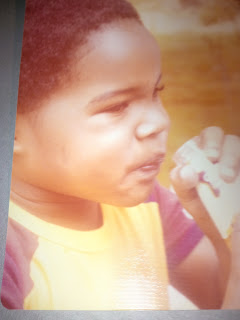
Coverage of non-black female kidnapping cases was greater than expected. The coverage of death cases for black boys was significantly greater than expected. Missing black girls were significantly underrepresented in national news reporting. Ī 2010 study of news coverage of missing children found that black missing children cases were significantly underrepresented, when compared to national statistics. Figueroa disappeared in Philadelphia in 2005, the same year Holloway disappeared. Ī report that aired on CNN in 2006 noted the differences in the level of media coverage given to missing white women (such as Laci Peterson and Natalee Holloway), when compared to the level of coverage given to LaToyia Figueroa, a pregnant Black Hispanic woman. In 2003, the San Francisco Chronicle published an article detailing the disparity between the coverage of the Laci Peterson case, and that of Evelyn Hernandez, a Hispanic woman - both of whom disappeared in 2002. If there is a missing white woman you're going to cover that every day." Studies, reports and analyses United States At the conference, she said "I call it the missing white woman search syndrome.

News coverage of missing Black women was more likely to focus on the victim's problems, such as abusive boyfriends, criminal history, or drug addiction, while coverage of white women often tended to focus on their roles as mothers, daughters, students, and contributors to their communities. In addition to race and class, factors such as supposed attractiveness, body size, and youthfulness have been identified as unfair criteria in the determination of newsworthiness in coverage of missing women. The phenomenon has led to a number of tough on crime measures, mainly on the political right, that were named for white women who disappeared and were subsequently found harmed. Eduardo Bonilla-Silva categorized the racial component of missing white woman syndrome as a "form of racial grammar, through which white supremacy is normalized by implicit, or even invisible standards". Charlton McIlwain defined the syndrome as "white women occupying a privileged role as violent crime victims in news media reporting", and posited that missing white woman syndrome functions as a type of racial hierarchy in the cultural imagery of the US. Īmerican news anchor Gwen Ifill is widely considered the originator of the phrase. The phenomenon has been highlighted in the United States, Canada, the United Kingdom, South Africa, Australia, New Zealand, and other predominantly white countries. Although the term was coined in the context of missing-person cases, it is sometimes used of coverage of other violent crimes.
Death road to canada tv tropes update#


I wear these clothes because they're comfortable and stain resistant.Īnd I use this mop as a weapon because it's a good weapon! That's all! Stop asking me questions! Upon Recruiting You find a woman in an abandoned town, resting in a looted store. Other than her mop and appearance, she is functionally identical to any other randomly-generated character. The Cleaning Lady does not have any guaranteed stat values, and does not reveal any stats when recruited. The Cleaning Lady uses the Ultra Mop, an unbreakable Mop with double the attack power, nearly double the attack speed, and 50% more knockback. She is depicted as a lady in an apron with a red headscarf. The Cleaning Lady is a Rare Character that can be found and recruited at Final Hospital Trader Camp.


 0 kommentar(er)
0 kommentar(er)
